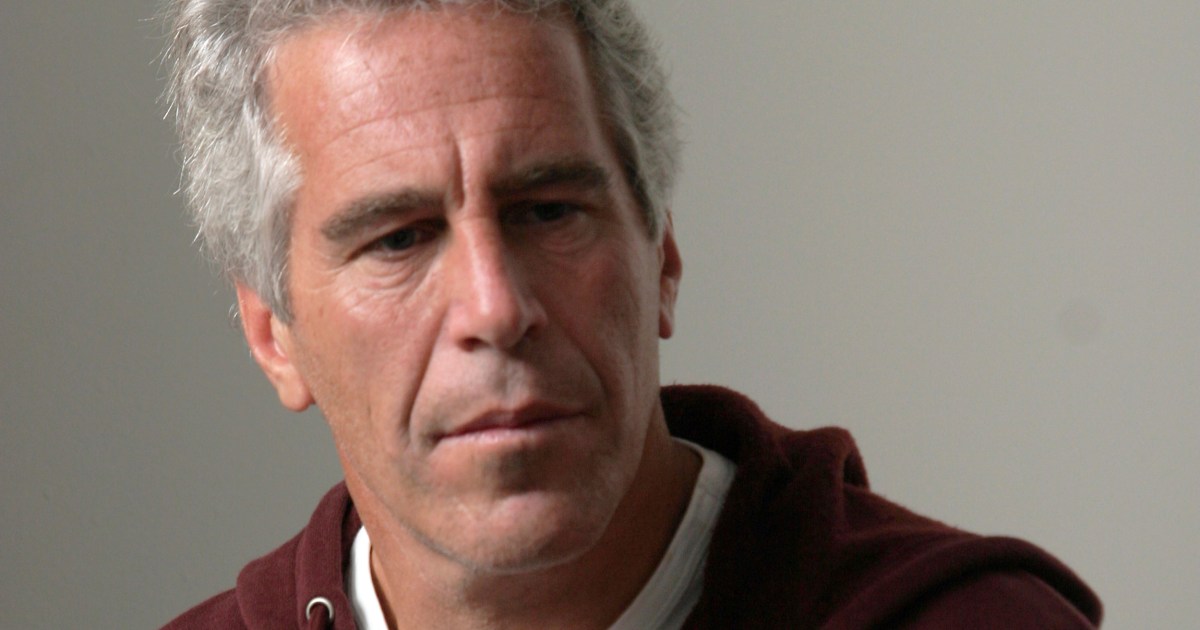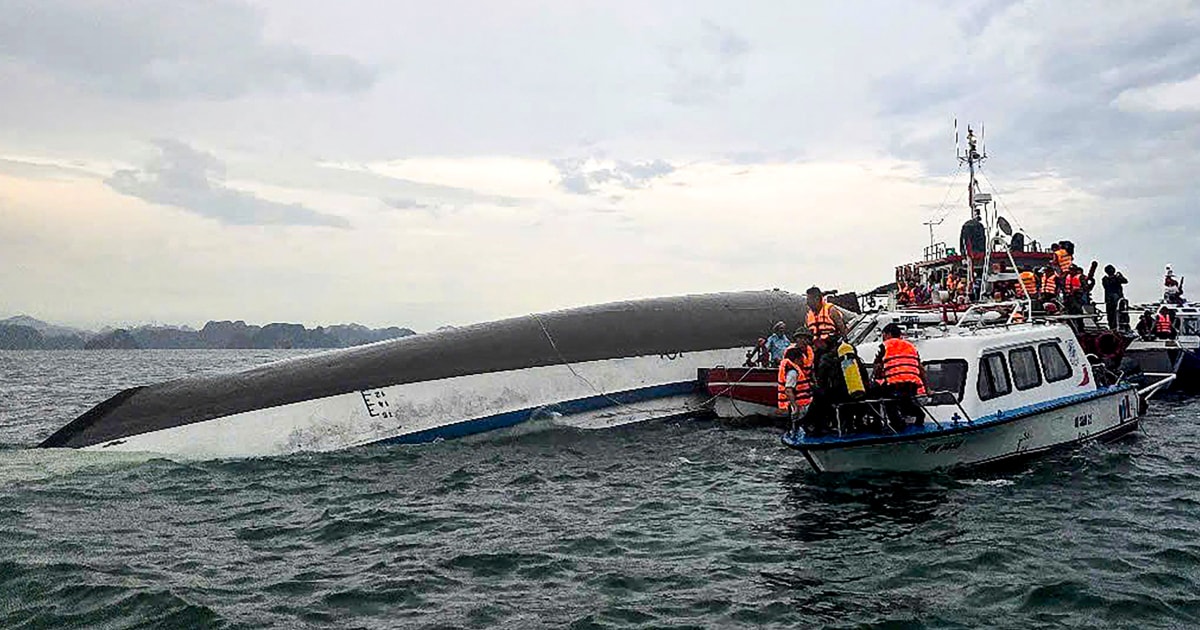“`html
In a groundbreaking development for renewable energy, the European Union announced on March 15, 2023, a comprehensive strategy aimed at reducing carbon emissions by 55% by 2030. This ambitious plan, unveiled in Brussels, seeks to accelerate the transition to green energy sources across member states, reflecting a robust commitment to combating climate change and fostering sustainable economic growth.
EU’s Green Energy Strategy: Key Components
The newly introduced strategy focuses on several pivotal components, including enhancing energy efficiency, increasing the share of renewable energy in the energy mix, and supporting the development of innovative technologies. According to the European Commission, the initiative is expected to mobilize over €500 billion in investments, creating millions of jobs and propelling the EU into a leadership position in the global green economy.
“This strategy is not just about reducing emissions; it’s about creating a sustainable future for all Europeans,” stated Ursula von der Leyen, President of the European Commission. “By investing in green technologies and infrastructure, we are not only addressing climate change but also ensuring economic resilience and job creation.”
Emissions and Renewable Energy Targets
Central to the strategy is the EU’s target of achieving at least 40% of its energy from renewable sources by 2030. This is a significant increase from the previous target of 32%. The plan outlines specific measures for each member state, emphasizing the importance of collaboration and shared responsibility in achieving these goals.
- Energy Efficiency: Member states must implement policies to improve energy efficiency in buildings and industries.
- Renewable Energy Sources: Investments in solar, wind, and hydroelectric power are prioritized.
- Research and Innovation: The EU will allocate funds to support research in emerging green technologies.
Experts believe that achieving these targets will require substantial changes in energy consumption patterns. “The transition to renewable energy is not just a matter of policy; it’s about changing how we think about energy use in our daily lives,” said Dr. Elena Mikhailova, a leading climate scientist at the University of Berlin. “Public engagement and education will be crucial in this transition.”
Economic Implications of the Strategy
The economic implications of this green energy strategy are far-reaching. A report from the International Renewable Energy Agency (IRENA) projects that transitioning to renewable energy could generate up to 24 million jobs worldwide by 2030, with Europe poised to capture a significant share of this job market. This shift is expected to stimulate economic growth, particularly in regions that have historically relied on fossil fuels.
While the potential for job creation is substantial, the transition also poses challenges, especially for regions dependent on coal and fossil fuel industries. “We must ensure that the transition is just and inclusive,” noted Jean-Claude Juncker, former President of the European Commission. “This means providing support for workers and communities that will be affected by the shift away from fossil fuels.”
Challenges in Implementation
Despite the optimism surrounding the strategy, challenges remain. One major hurdle is the current geopolitical landscape, particularly the European dependence on natural gas from Russia. The ongoing conflict in Ukraine has highlighted the vulnerabilities in energy security, prompting the EU to seek alternative energy sources more aggressively.
Moreover, the pace of technological advancement will play a critical role in the strategy’s success. The EU must foster innovation while also ensuring that the necessary infrastructure is in place to support the widespread adoption of renewable energy technologies. Without significant investment in grid modernization and energy storage solutions, the ambitious goals may fall short.
Public Reception and Support
The public’s response to the EU’s green energy strategy has been mixed. While environmental groups have largely praised the initiative, calling it a necessary step towards sustainability, some industry leaders have expressed concerns about the feasibility of the proposed targets. “While the goals are admirable, we need a realistic roadmap that considers the current economic climate,” commented Martin Schmidt, CEO of a major energy firm in Germany.
Public opinion polls indicate that a majority of Europeans support stronger climate action, but there is also a significant concern about the potential economic impacts, especially in regions that may experience job losses. Striking a balance between environmental responsibility and economic stability will be essential for garnering lasting public support.
Next Steps for the European Union
As the EU moves forward with its green energy strategy, several key steps will be necessary to ensure its success:
- Policy Development: Each member state must draft and implement national energy and climate plans that align with EU targets.
- Investment Mobilization: Attracting private investments will be crucial to fund the transition.
- Education and Public Engagement: Increasing awareness about the benefits of renewable energy will foster public support.
Conclusion: A Sustainable Future Ahead
The European Union’s new green energy strategy marks a pivotal moment in the fight against climate change, representing a collective commitment to a more sustainable future. As the EU embarks on this ambitious path, the engagement of all stakeholders—governments, businesses, and citizens—will be vital. The next few years will be crucial in determining the success of this initiative, with the potential to set a global precedent for climate action. As we look ahead, it is imperative for citizens to stay informed and involved in these discussions to shape a greener, more sustainable future for all.
Call to Action: To learn more about how you can support sustainable energy initiatives in your community, visit your local environmental organization or government website today.
“`



